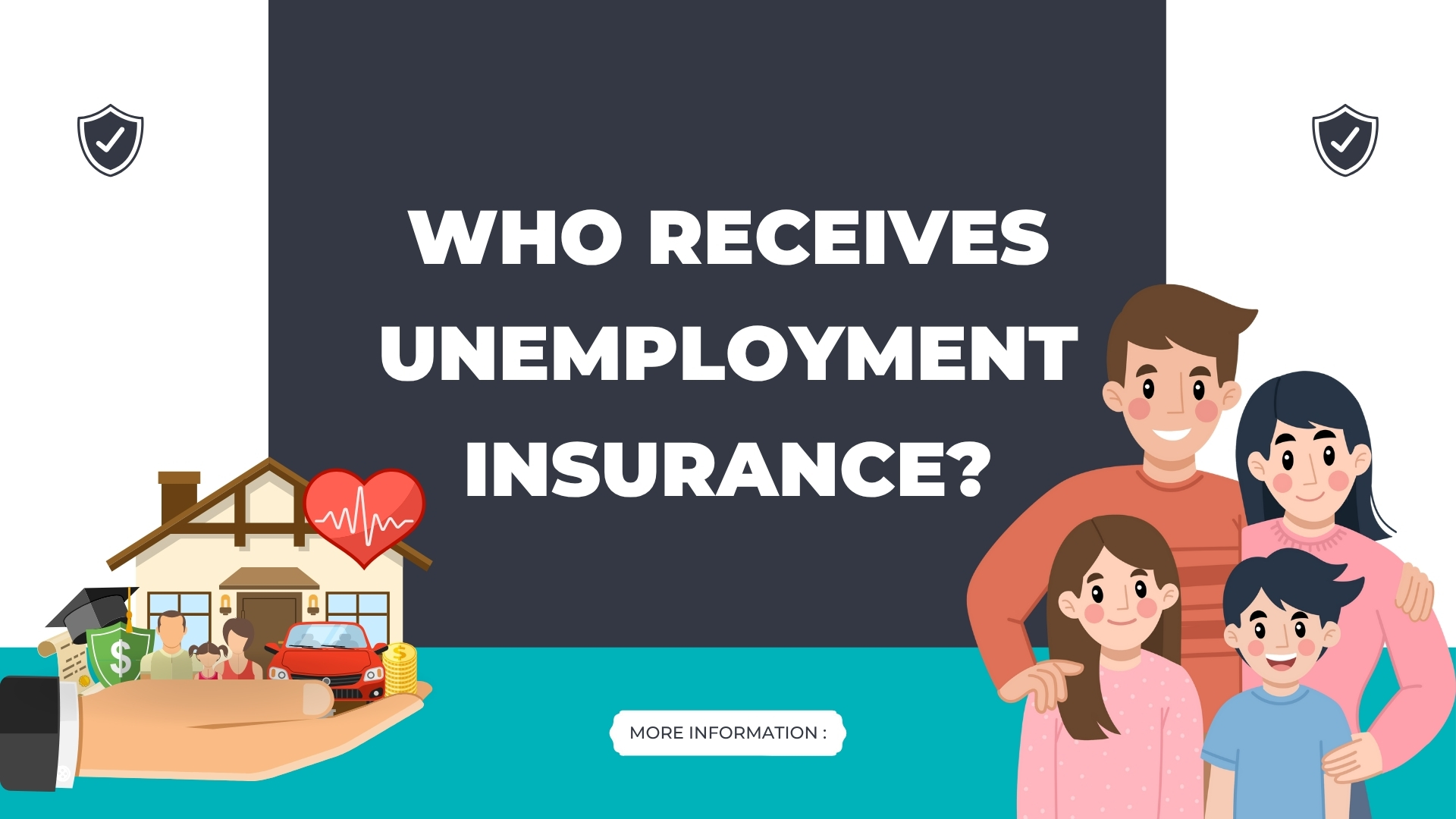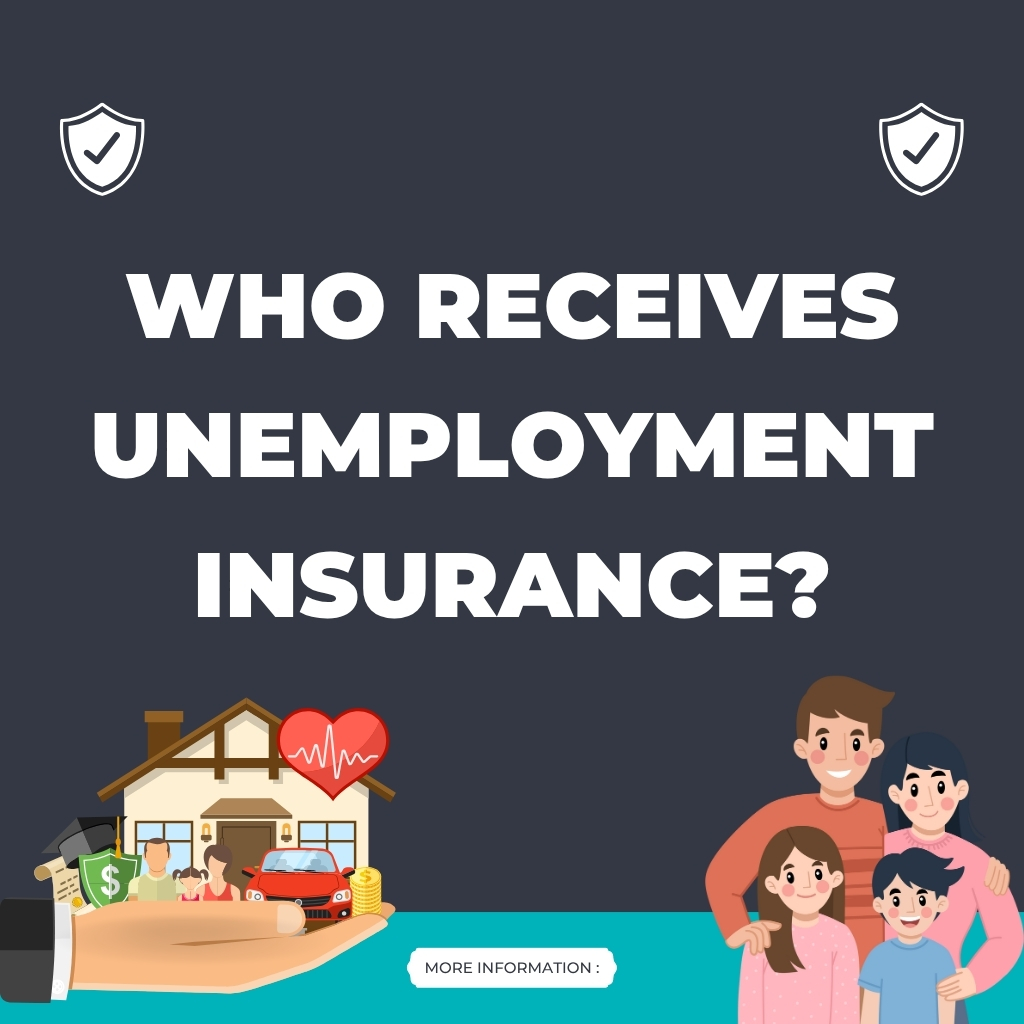Unemployment insurance (UI) is a crucial safety net designed to support individuals who have lost their jobs through no fault of their own. As economic uncertainties and job market fluctuations continue to impact workers across industries, understanding who receives unemployment insurance, how the system works, and what benefits are available is more important than ever.
But who exactly qualifies for unemployment insurance? What are the eligibility criteria, and how are benefits calculated? Whether you are an employee facing a recent layoff, an employer wanting to support your workforce, or simply someone interested in the workings of social safety nets, this comprehensive guide will provide you with all the answers.
In this article, we’ll break down the fundamentals of unemployment insurance, explore the eligibility requirements, explain the application process, and answer the most frequently asked questions. By the end, you’ll have a clear understanding of who receives unemployment insurance and how to navigate the system if you ever need to.
Understanding Unemployment Insurance

Unemployment insurance is a government program that provides temporary financial assistance to eligible workers who are unemployed through no fault of their own. The goal is to help individuals meet basic needs while they search for new employment.
How Does Unemployment Insurance Work?
- Funded by Employers: UI is typically funded through payroll taxes collected from employers.
- State-Administered: Each state administers its own unemployment insurance program within federal guidelines, resulting in variations in eligibility, benefit amounts, and duration.
- Temporary Support: Benefits are intended as a short-term solution while the recipient seeks new employment.
Who Receives Unemployment Insurance?
General Eligibility Criteria
To receive unemployment insurance, applicants must meet specific requirements. While these can vary by state, the core criteria generally include:
1. Employment History
- Sufficient Earnings: The applicant must have earned a minimum amount of wages during a “base period” (usually the first four of the last five completed calendar quarters before filing).
- Covered Employment: The work must have been for an employer who pays into the unemployment insurance system.
2. Reason for Unemployment
- No Fault of Their Own: The individual must be unemployed due to reasons beyond their control, such as layoffs, business closures, or reduction in force.
- Not Eligible: Those who quit voluntarily (without good cause), were fired for misconduct, or left for personal reasons typically do not qualify.
3. Availability and Ability to Work
- Actively Seeking Work: Recipients must be able, available, and actively seeking new employment.
- Reporting Requirements: Most states require weekly or biweekly reporting to confirm ongoing eligibility.
Special Circumstances
Some states and federal programs extend eligibility to:
- Part-time Workers: In certain cases, part-time workers may qualify if they meet earnings and availability requirements.
- Seasonal Workers: Those employed in industries with predictable layoffs (e.g., agriculture, tourism) may also be eligible.
- Self-Employed and Gig Workers: During extraordinary circumstances, such as the COVID-19 pandemic, federal programs like Pandemic Unemployment Assistance (PUA) temporarily expanded eligibility to self-employed and gig workers.
Comparison Table: Who Receives Unemployment Insurance?
| Category | Eligible? | Notes |
|---|---|---|
| Full-time employees (laid off) | Yes | Must meet earnings and base period requirements |
| Part-time employees | Sometimes | Depends on state rules and earnings threshold |
| Self-employed / gig workers | Rarely | Only during special federal programs (e.g., PUA during COVID-19) |
| Fired for misconduct | No | Disqualified due to cause of termination |
| Voluntarily quit (no good cause) | No | Exceptions for “good cause” (e.g., unsafe work conditions) |
| Seasonal workers | Sometimes | Eligible if they meet earnings and other state-specific requirements |
| Recent graduates | No | Must have prior covered employment |
| Workers on unpaid leave | No | Not considered unemployed |
How Are Unemployment Benefits Calculated?
Key Factors
- Wages Earned: Benefits are typically a percentage of the applicant’s previous earnings, subject to a maximum cap.
- Base Period: The state uses the base period to determine eligibility and benefit amount.
- Dependents: Some states offer additional benefits for dependents.
Example Calculation
If a worker earned $30,000 in the base period and the state replaces 50% of weekly wages up to $500 per week, the worker would receive $288 per week (if that is 50% of their average weekly wage), unless the state maximum is lower.
Application Process for Unemployment Insurance

Step-by-Step Guide
- Gather Documentation: Social Security number, employment history, reason for unemployment, and wage information.
- File a Claim: Submit an application online, by phone, or in person through your state’s unemployment office.
- Wait for Determination: The state agency reviews your application and notifies you of your eligibility and benefit amount.
- Certify Weekly/ Biweekly: Continue to certify that you are able, available, and looking for work to keep receiving benefits.
Common Reasons for Denial
- Insufficient Work History: Not enough earnings or work during the base period.
- Voluntary Quit: Left job without good cause.
- Fired for Misconduct: Terminated due to violation of company policy.
- Not Actively Seeking Work: Failing to look for work or refusing suitable job offers.
Related Keywords and Phrases
- Unemployment insurance eligibility
- Who qualifies for unemployment benefits
- Unemployment compensation recipients
- Unemployment insurance requirements
- State unemployment benefits
- Who can get unemployment insurance
FAQ
Who is not eligible for unemployment insurance?
Individuals who quit their jobs without a valid reason, are fired for misconduct, or do not have sufficient work history are typically not eligible for unemployment insurance.
Can part-time workers receive unemployment insurance?
In some states, part-time workers may qualify if they meet the minimum earnings and are actively seeking work. Check your state’s specific rules.
Are self-employed individuals eligible for unemployment insurance?
Normally, self-employed individuals are not eligible. However, special federal programs (like PUA during the COVID-19 pandemic) have temporarily expanded coverage.
How long can someone receive unemployment benefits?
The duration varies by state, but most offer up to 26 weeks of benefits. Federal extensions may be available during periods of high unemployment.
What if I refuse a job offer while on unemployment?
Refusing a suitable job offer can result in disqualification from receiving further benefits. Always report job offers and consult your state’s guidelines.
Can I receive unemployment insurance if I am on a leave of absence?
Generally, no. Unemployment insurance is for individuals who are able and available to work but are unemployed through no fault of their own.
Conclusion
Unemployment insurance serves as a vital lifeline for workers facing job loss, providing temporary financial support while they seek new employment. Eligibility is determined by a combination of employment history, reason for unemployment, and the ability and willingness to work. While the specifics can vary by state, the core principles remain the same: to support those who have lost their jobs through no fault of their own.
If you find yourself unemployed, it’s important to understand your state’s requirements and apply as soon as possible. Gather your documentation, follow the application process, and stay proactive in your job search to maintain your eligibility.
Key Takeaway:
Unemployment insurance is not automatic for everyone who loses a job. It’s designed for those who meet specific criteria—primarily people who are unemployed through no fault of their own, have sufficient work history, and are actively seeking new employment. Understanding these rules can help you navigate the system and access the support you need during challenging times.
Additional Resources
If you want to learn more or need to apply for unemployment insurance, visit your state’s Department of Labor website or the U.S. Department of Labor’s Unemployment Insurance page.
Product Section (Optional):
If you are seeking support during unemployment, consider these helpful resources:
- Resume Building Services: Enhance your job search with professional resume writing.
- Job Boards: Websites like Indeed, Glassdoor, and LinkedIn offer job listings and networking opportunities.
- Career Counseling: Many state unemployment offices provide free career counseling and job placement assistance.
By understanding who receives unemployment insurance and how the system works, you can better prepare for unexpected changes in your employment status and make informed decisions for your future.




